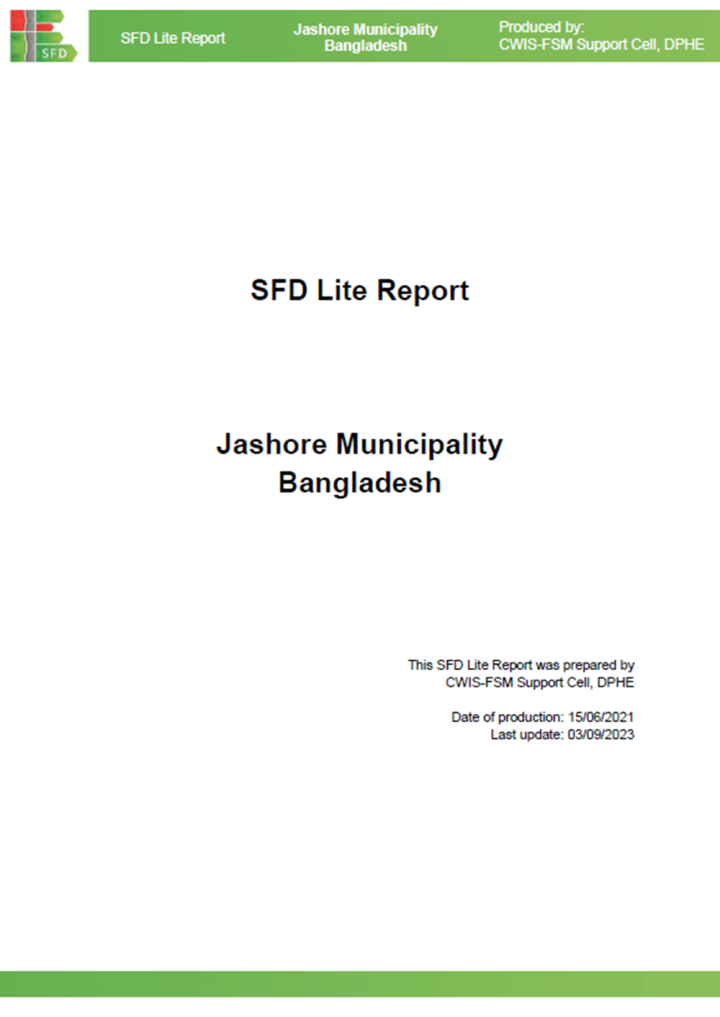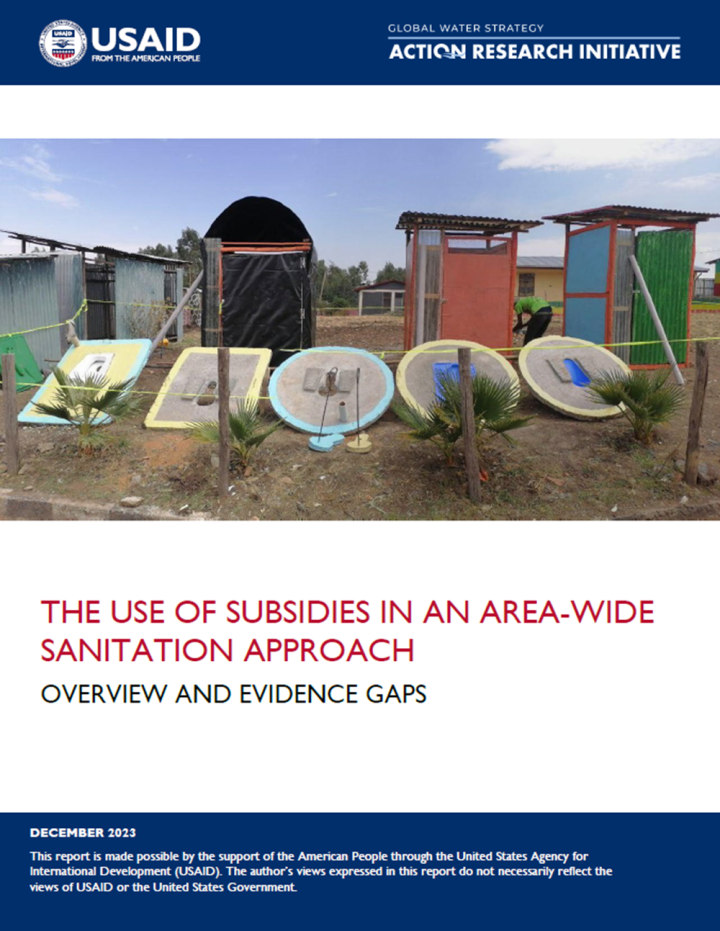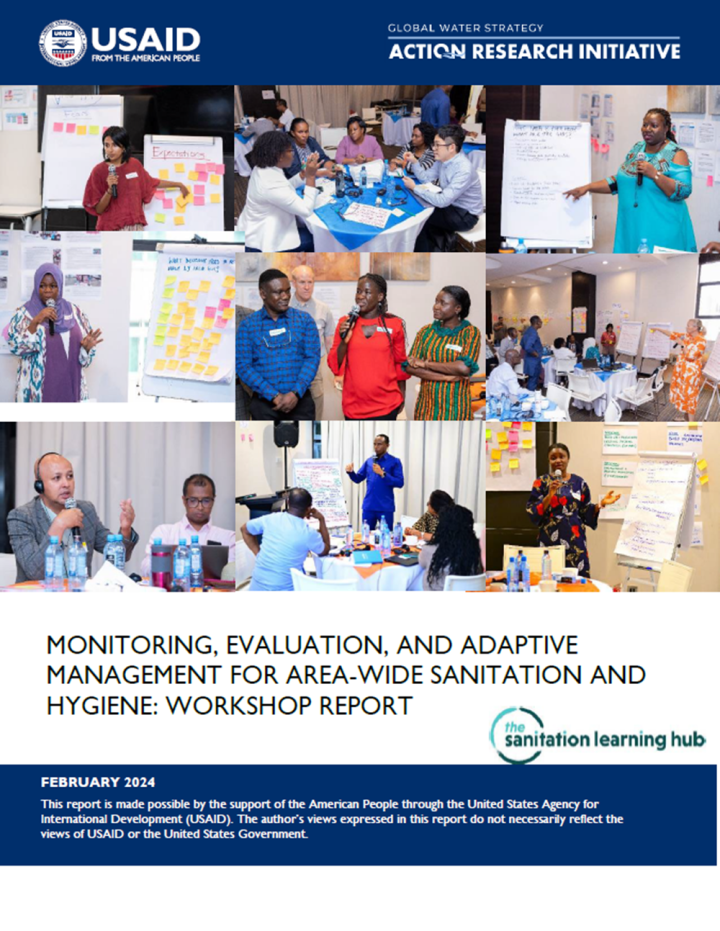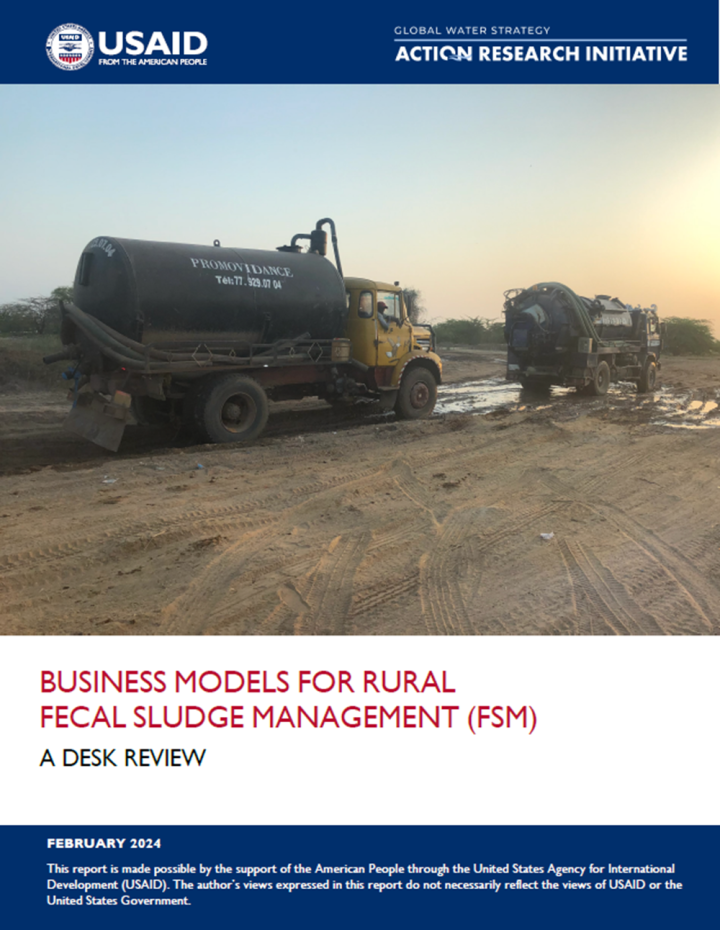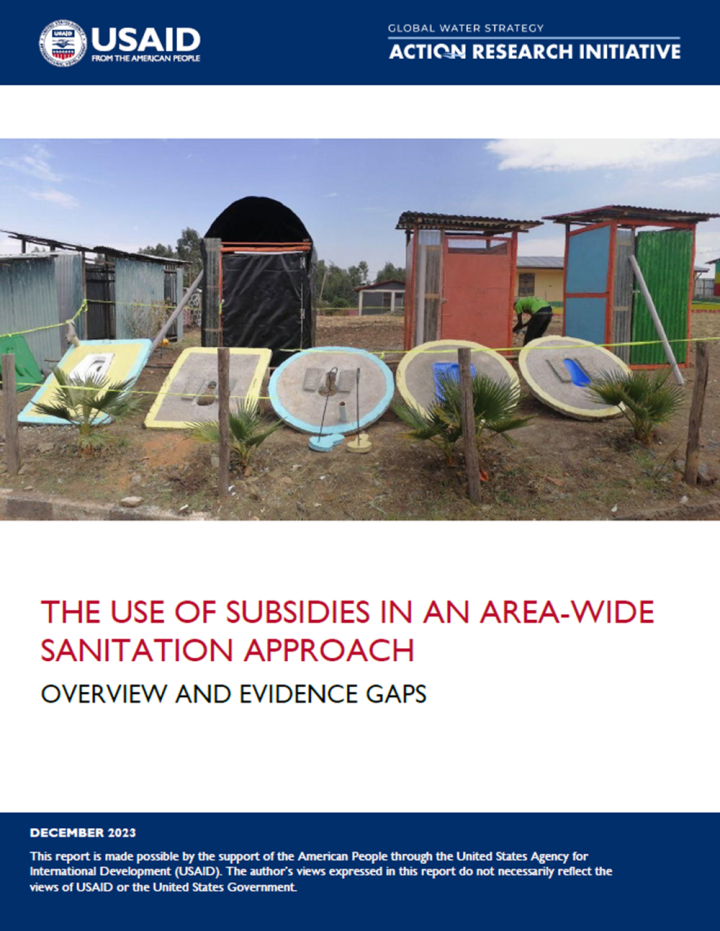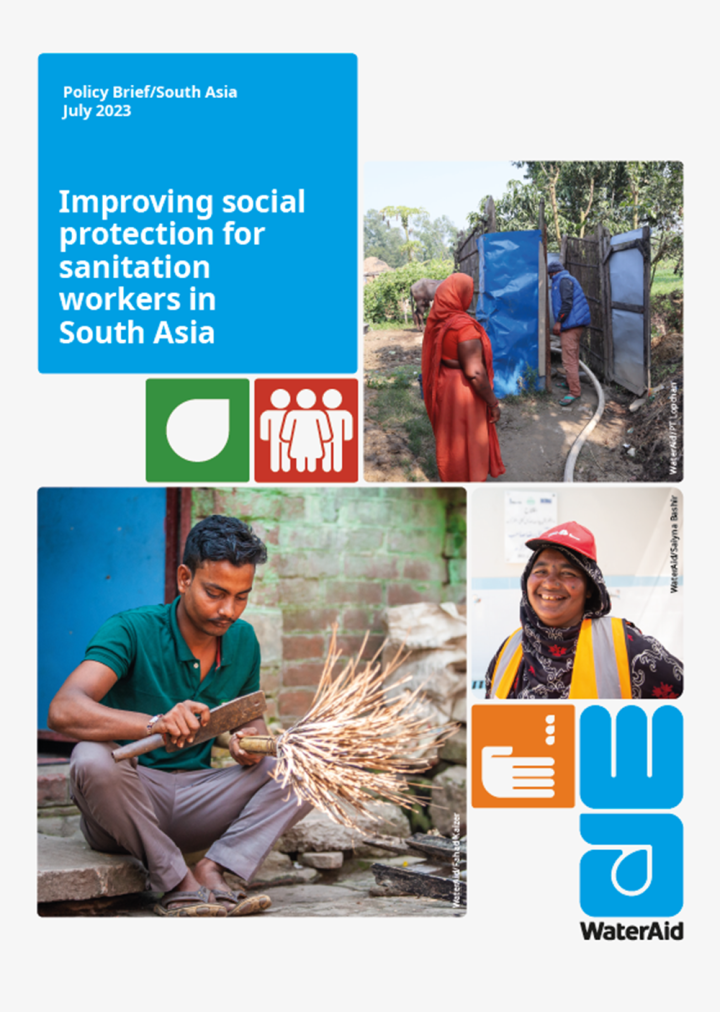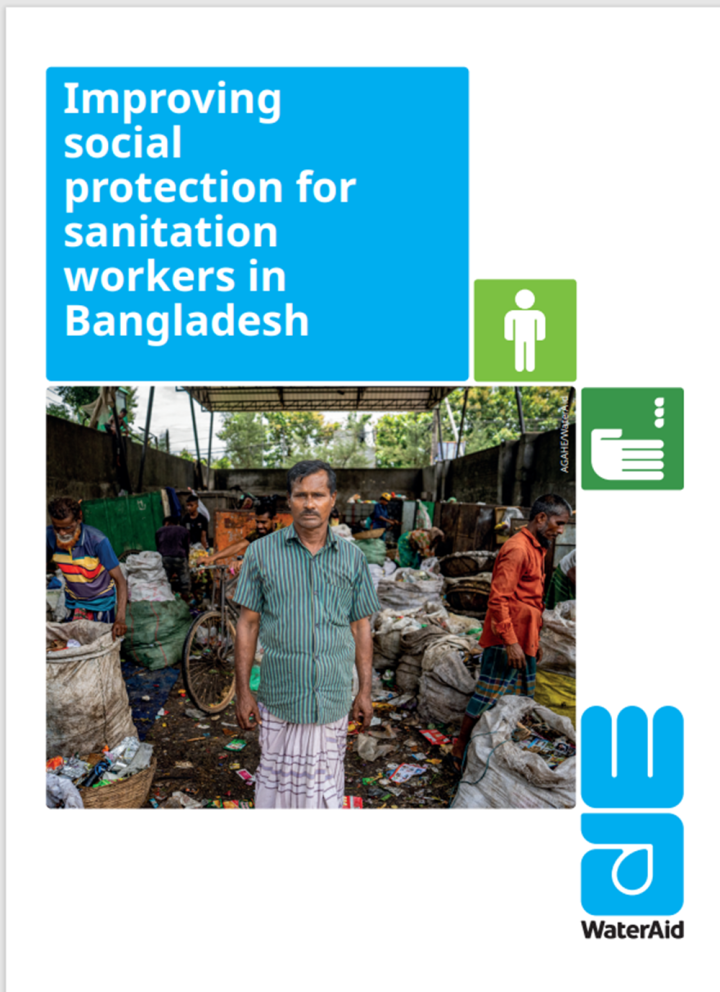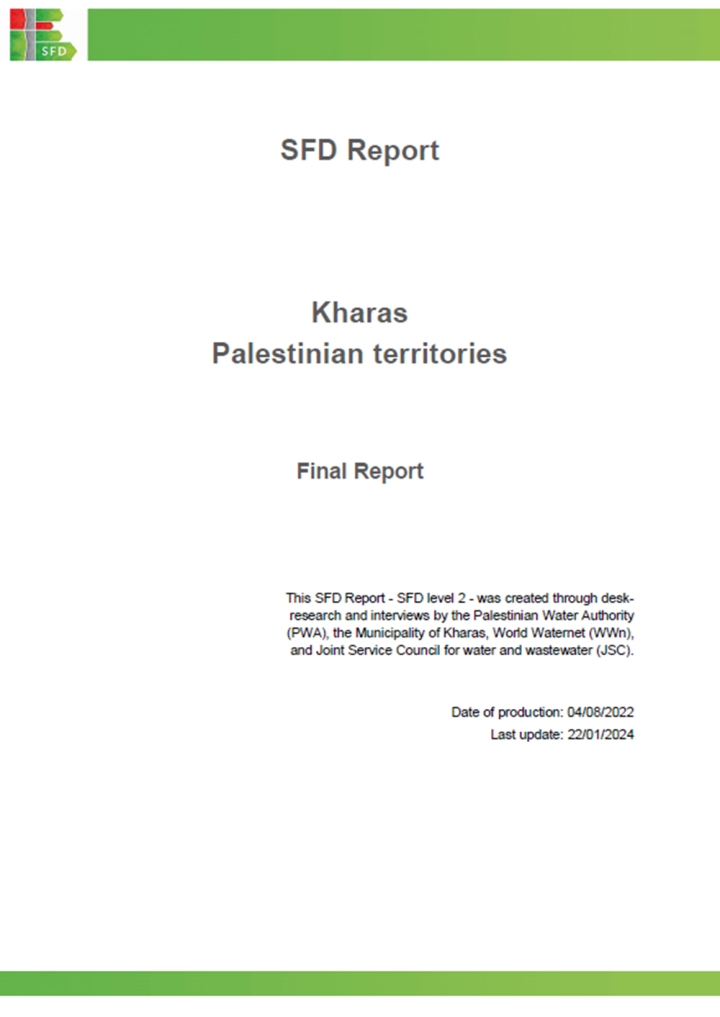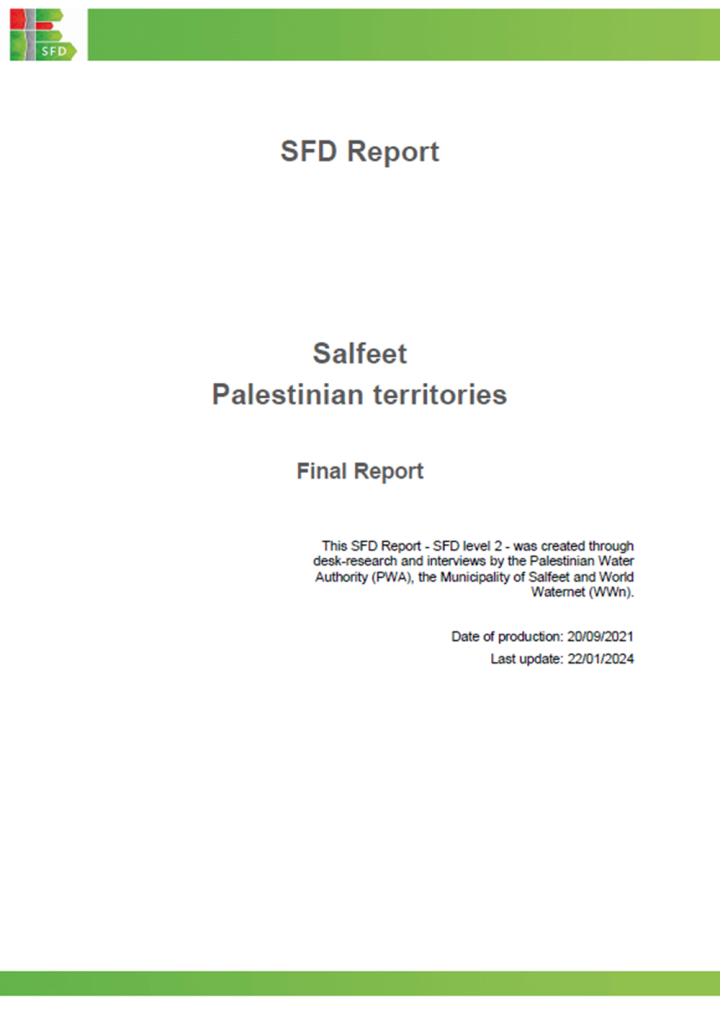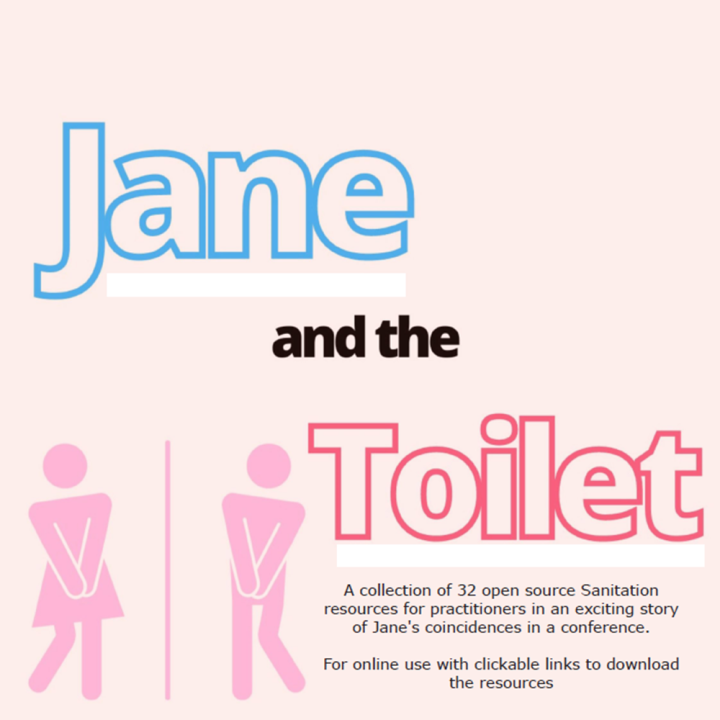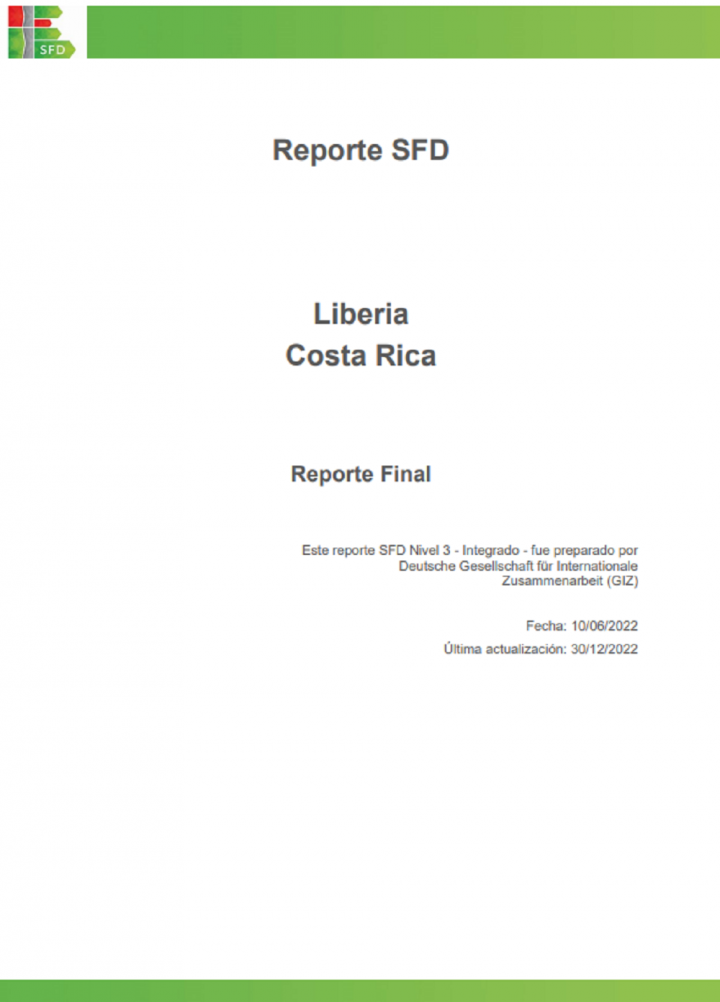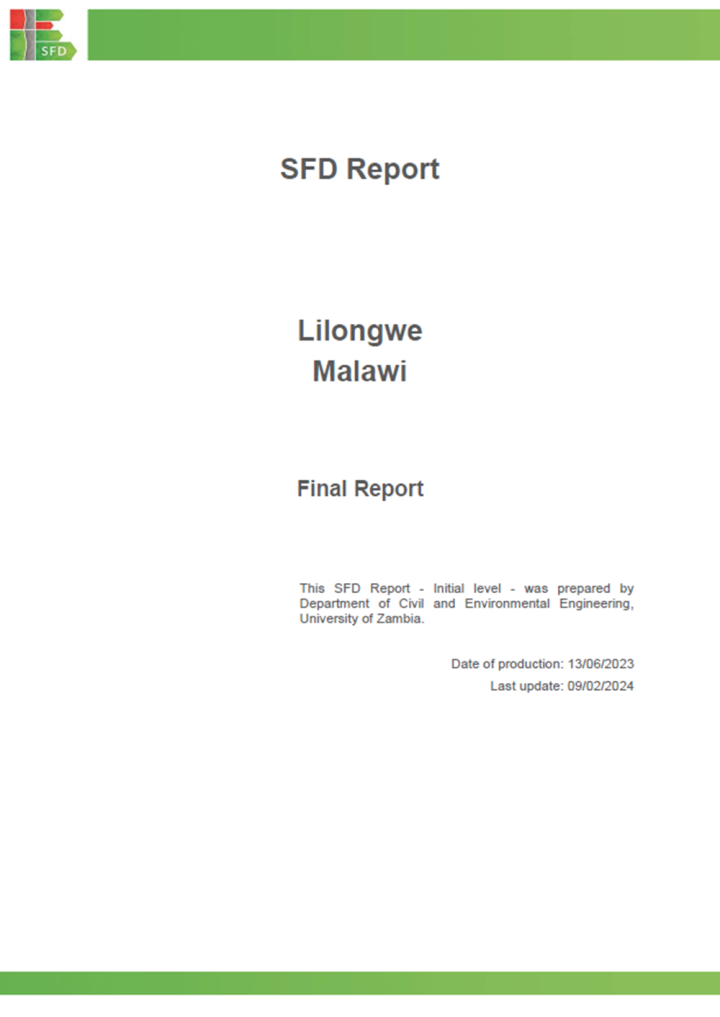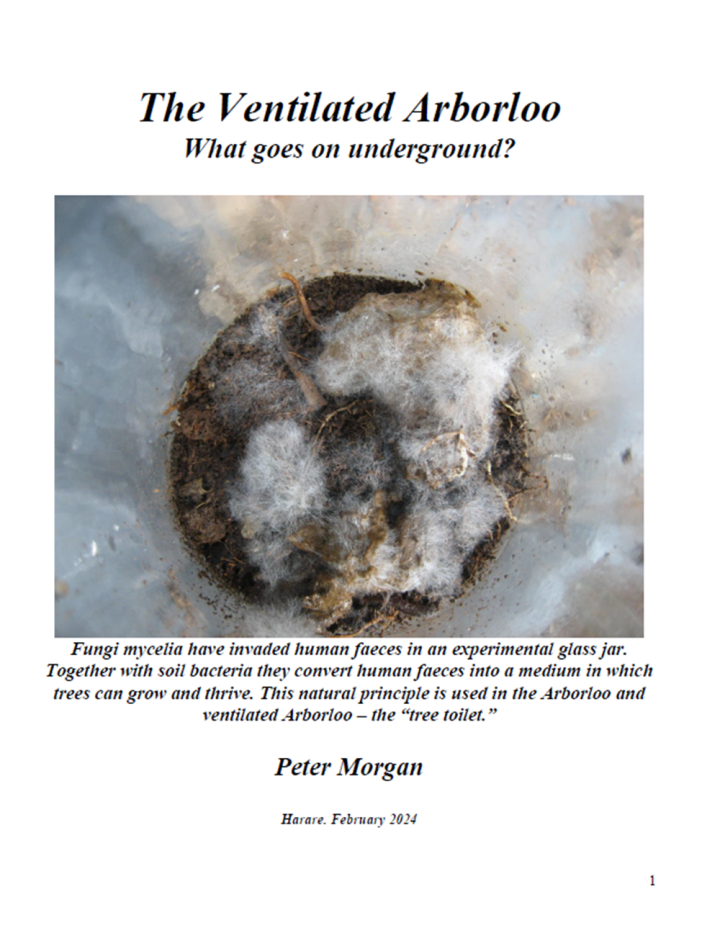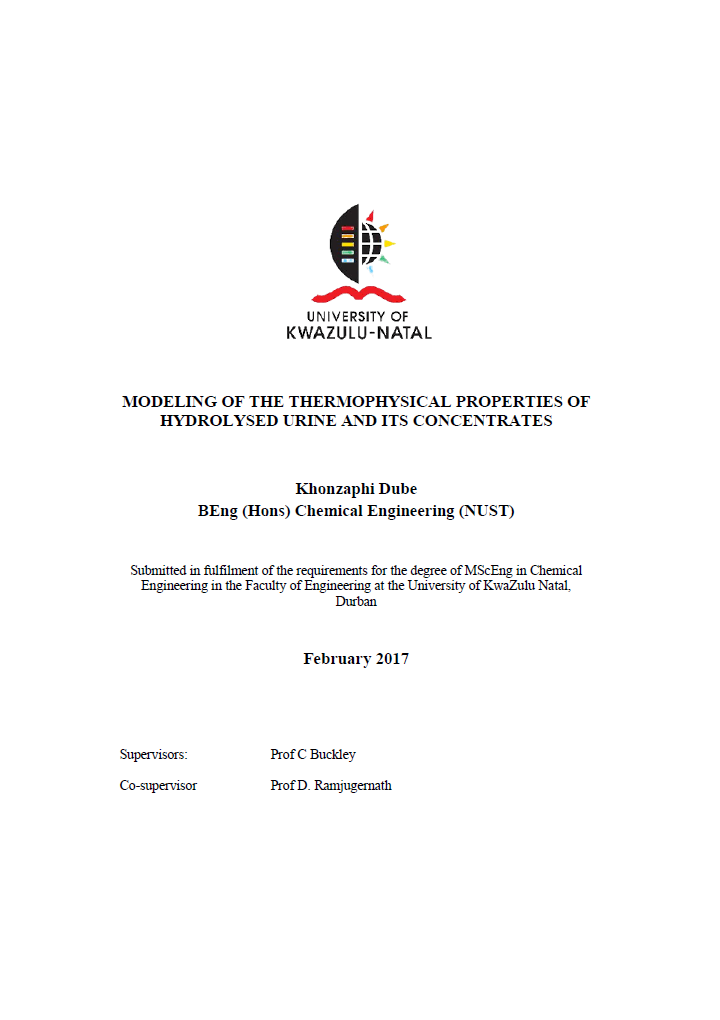Searching for information on Sanitation Workers?
The Sanitation Workers Knowledge + Learning Hub is the best source for all current news, trends, articles and updates on sanitation workers rights around the world.
Jashore (previously known as Jessore) is a fast-growing city located along the Dhaka-Khulna highway and 275 km Southern-Western of Dhaka. The Bhairab River passes through the middle of the city and is well connected with road, water, and railways.
According to the population census in 2011 by the Bangladesh Bureau of Statistics (BBS), the population of Jashore Municipality was 201,796. The …
Gulariya, a municipality in Nepal's Bardiya district, was established in 2053 BS (1997 AD) and later restructured in 2073 (2016 AD). Comprising 12 political wards over 118.21 square kilometres in the southern plains of the Terai region and positioned 35 kilometres west of Nepalgunj, Gulariya has an elevation of 187 metres.
The 2021 national population and housing census reported a population …
The last few decades have witnessed substantial gains in access to sanitation, as nearly 2.4 billion people gained access to improved toilets and open defecation (OD) rates fell 12 percentage-points globally (from 21% to 9%) between 2000 and 2020. Despite this progress, many countries are off track to meet their sustainable development goal (SDG) 6.2 targets. To reach these targets by 2030, a …
Hardware subsidies used to be commonplace policy tools for expanding sanitation access in rural areas. Overtime, however, hardware subsidies were found to produce distortionary effects on sanitation markets and failed to achieve sustained latrine usage and hygienic behaviors, and therefore declined in popularity in the mid-2000s.
However, “no subsidy” approaches are not sufficient either, …
Monitoring and evaluation (M&E) is essential to understanding the barriers, successes, and progress made toward achieving area-wide sanitation and hygiene outcomes. However, M&E can be challenging to undertake, given significant and competing demands on limited local government resources and capacities. USAID’s WASHPaLS #2 area-wide sanitation (AWS) desk review identified significant knowledge …
Over the last decade, basic sanitation coverage in rural areas of low- and middle-income countries has progressed significantly, especially in Asia. Sustaining those resulting gains in human, environmental, and community health, all while progressing toward targets of Sustainable Development Goal 6, requires safely managing the fecal sludge generated in on-site sanitation systems.
When …
Hardware subsidies used to be commonplace policy tools for expanding sanitation access in rural areas. Overtime, however, hardware subsidies were found to produce distortionary effects on sanitation markets and failed to achieve sustained latrine usage and hygienic behaviors, and therefore declined in popularity in the mid-2000s.
However, “no subsidy” approaches are not sufficient either, …
Sanitation workers play a vital role in maintaining cleanliness and safety within the sanitation chain, a crucial aspect of achieving Sustainable Development Goal (SDG) 6. However, they often face poor working conditions, social and economic marginalization, and significant health risks, including the threat of infection and injury, sometimes leading to fatalities, compromising their dignity and …
Sanitation workers play a vital role in maintaining cleanliness and safety within the sanitation chain, a crucial aspect of achieving Sustainable Development Goal (SDG) 6. However, they often face poor working conditions, social and economic marginalization, and significant health risks, including the threat of infection and injury, sometimes leading to fatalities, compromising their dignity and …
Sanitation workers provide an essential public service to ensure cleanliness and safety along the sanitation chain. This is key to achieving the ambitious Sustainable Development Goal (SDG) 6, although poor working conditions, social and economic marginalization, high risk of infection and injury even death, mean it is often at the cost of their dignity, health and life. Strengthening social …
Sanitation workers provide an essential public service to ensure cleanliness and safety along the sanitation chain. This is key to achieving the ambitious Sustainable Development Goal (SDG) 6, although poor working conditions, social and economic marginalization, high risk of infection and injury even death, mean it is often at the cost of their dignity, health and life. Strengthening social …
Sanitation workers play a vital role in maintaining cleanliness and safety within the sanitation chain, a crucial aspect of achieving Sustainable Development Goal (SDG) 6. However, they often face poor working conditions, social and economic marginalization, and significant health risks, including the threat of infection and injury, sometimes leading to fatalities, compromising their dignity and …
Kharas is a Palestinian village in Hebron Governorate, located 12 km northwest Hebron city, in the south of the West Bank. The village is located within the southern Palestinian mountains, to the north of Wadi Arab. The village is surrounded by Halhul to the east, Nuba and Beit Ula to the south, Surief to the north and the Green Line to the west.
The population of Kharas town for the year …
Salfeet is located in the middle of the West Bank. It is bordered by the Ariel settlement and Marda village to the north, Nablus Governorate to the east, the Green Line (the 1949 Armistice Line) to the west, and Ramallah Governorate to the south. As a region, Salfeet covers a total land area of 27 km2.
The 2021 population is 11,873 inhabitants (PCBS, 2021) with a population growth rate of …
The canton of San Pablo is located in the central zone of the Greater Metropolitan Area (GAM) of the Central Valley of Costa Rica, in the province of Heredia, covering an area of 7.53 km2. The population is subdivided into two districts; San Pablo (70%), and Rincón de Sabanilla (30%). San Pablo is fully (100%) urbanized with one of the 10 highest population densities in the country. The last …
The site for this study, Liberia, is the first district and capital city of the canton of Liberia, in the province of Guanacaste, Costa Rica. It is located in the northwest corner of the country. Liberia is divided into five districts; Cañas Dulces, Curubandé, Liberia, Mayorga and Nacascolo. The Liberia district is the largest, covering an area of 561.57 km2. The district has experienced rapid …
The capital city of Malawi, Lilongwe City, is situated in the Lilongwe river inland plains at the junction of the Namanthanga and Lilongwe rivers. The city is located in Lilongwe District which is found in the Central Region of the Republic of Malawi.
Lilongwe city had a population of 989,318 people as per the most recent census in 2018, which was 5.6% of Malawi's total population. As of 2018, …
Kamalamai Municipality was declared as municipality in 1996. It is in Sindhuli District, Bagmati Province in the Central South Nepal. It is divided into 14 political wards.
The municipality has a total population of 71,016 with 34,416 males and 36,700 females (Census 2021, n.d.). Out of total wards, ward number 6 has the largest population (12,498) while ward number 3 has the least population …
This page is a collection of the most important factsheets provided by the Water Supply and Sanitation for Refugee Settlements and Host Communities in Northern Uganda project (WatSSUP), implemented by GIZ, which is funded by the German Government through the Federal Ministry of Economic Cooperation and Development (BMZ).
The Arborloo is a simple ecological toilet that was designed to recycle human waste within a shallow pit where the contents are transformed from a vile and disease forming material into a product which trees can tolerate, thrive and grow in without the user having to be in contact with the pit material. Many articles have been written by the writer about the Arborloo and other ecological toilets …
This publication is the final technical report of a project, which was funded by the Bill & Melinda Gates Foundation. The link to the project can be seen below.
Drying is a relevant unit operation during faecal sludge and fresh faeces treatment. It allows the removal of moisture from the faecal matter and its disinfection, so making it safer to handle, easier to transport and a more suitable …
The aim of this project is to characterize the moisture boundness in faecal sludge, i.e. how moisture can be found in the sludge structure matrix and its interactions with the solid material. The understanding of moisture boundness will be greatly beneficial to improve the dewatering and thermal drying processes.
The limit of bound-unbound moisture varies between 50 to 70% moisture content …
The present project (K5/2897) was about the development, testing and evaluation of two prototype solar thermal drying technologies for the treatment of faecal sludge, namely a greenhouse-type solar dryer and a screw conveyer, and it included a pre-feasibility study.
The prototype testing showed that, temperatures between 35 and 45°C could be obtained with peaks up to 50°C, as well as relative …

